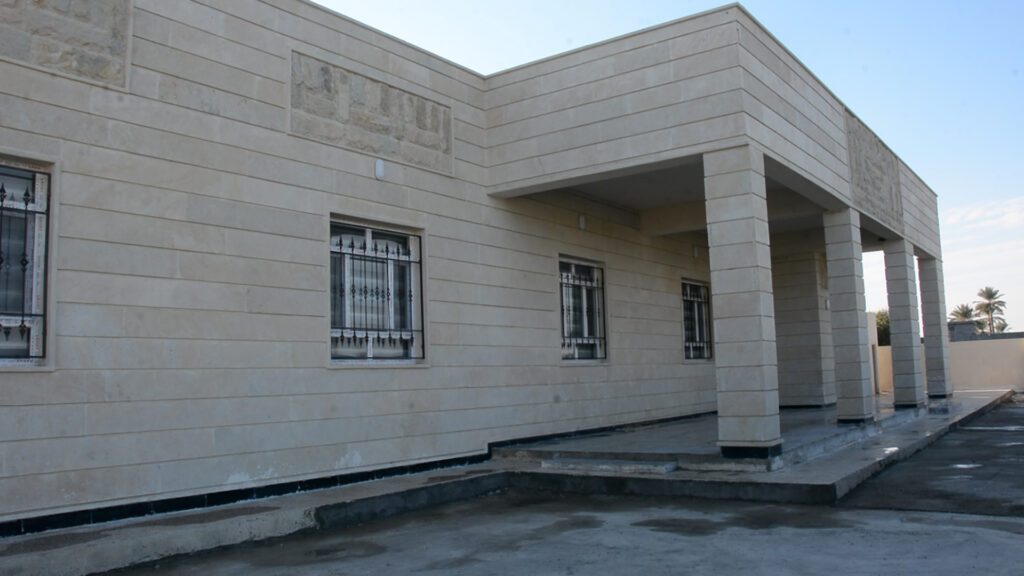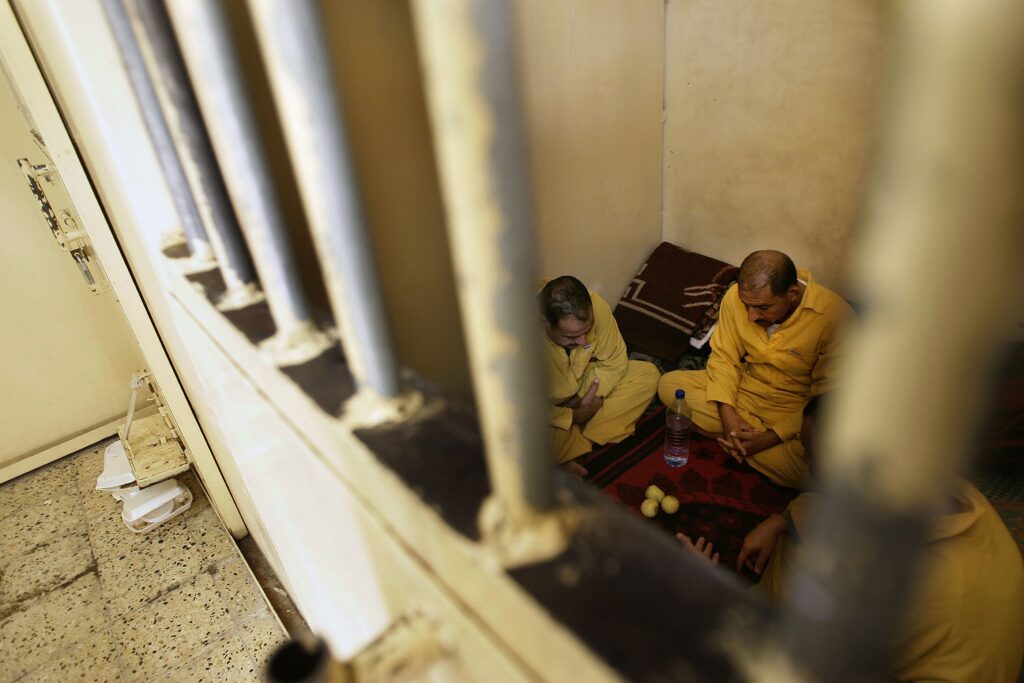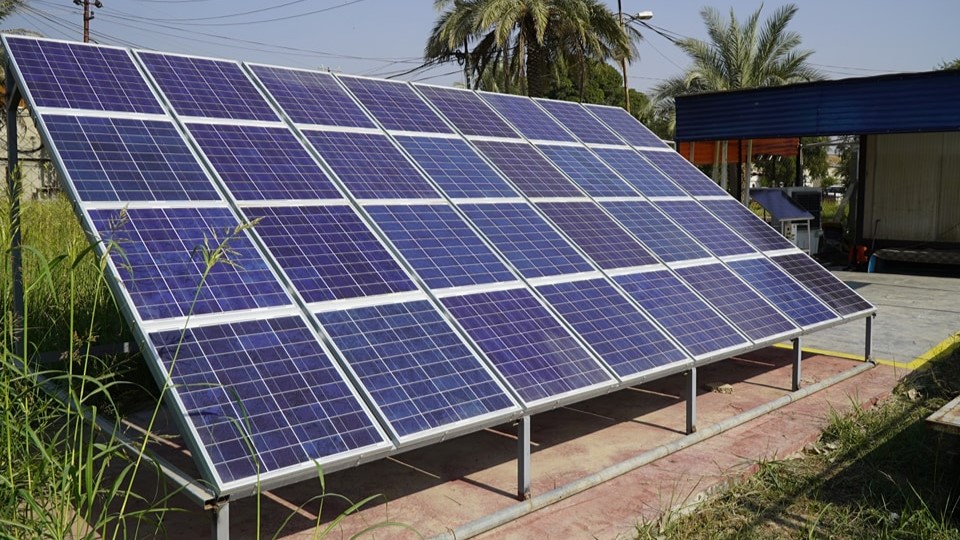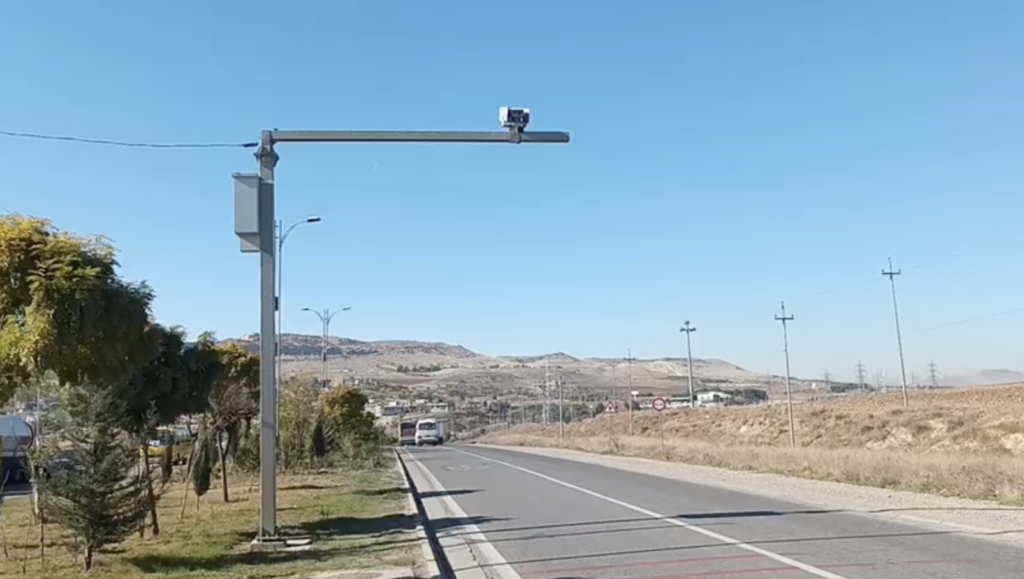Spain: UNHCR Europe Monthly Report (July 2019)
TRENDS AND KEY FIGURES
Some 10,200 refugees and migrants arrived in Europe via the three Mediterranean routes2 in July 2019. In the first seven months of the year, the number of refugees and migrants arriving in Europe by these three routes dropped by 37% from 73,900 in 2018 to 46,500 in 2019.
The primary reasons for the decrease include reduced arrivals in Europe from Libya (following the introduction of limited access to European ports for disembarkation, the removal of EUNAVFOR Med naval vessels from off the Libyan coast, and the restrictions placed on NGOs), along with reduced sea arrivals to Spain this year (following increased cooperation by Spain with Morocco on search and rescue). These have contributed to a 77% reduction in the number of refugees and migrants arriving from Libya to Europe (from 12,100 to 2,750). In addition, changes to Spain’s approach to search and rescue in the Western Mediterranean limited the areas of operations to Spain’s Search and Rescue Region, resulting in a 39% reduction in the number of arrivals to Spain (from 27,700 to 16,800). As of the end of July, most refugees and migrants entering Europe via the Mediterranean routes did so via Greece.
Greece: In July, just over 5,800 refugees and migrants arrived, of which some 5,000 arrived by sea, most commonly to Lesvos, the highest number of arrivals by sea in a month since the EU–Turkey statement in March 2016. One reason for the increase was a larger number of Syrians crossing the sea from Turkey in July. In the first seven months of 2019, some 24,200 refugees and migrants arrived in Greece by land and sea. Some 34% of those who have arrived by sea in Greece so far in 2019 have been from Afghanistan, along with 19% from the Syrian Arab Republic and 12% from the Democratic Republic of Congo. Many people have arrived in family groups and so far 40% of arrivals have been men, 24% women, and 36% children.
Spain: In the first seven months of 2019, some 16,700 refugees and migrants arrived by land and sea in Spain. While land arrivals at the enclaves have decreased by 16% compared to the same period last year, sea arrivals dropped by 43% following Spain’s decision in February to limit rescues to Spain’s Search and Rescue Region, as well as increased measures to prevent departures from North Africa. In the first seven months of 2019, most people arriving in Spain were from Morocco (30%), Mali (14%), Guinea (13%), Côte d’Ivoire (11%) and Senegal (8%).
Italy: Some 3,900 refugees and migrants arrived by sea in Italy in the first seven months of 2019, a 79% decrease (from 18,500 in the same period of 2018). In addition to the decrease in sea arrivals from Libya, the number of people crossing from Tunisia (mostly Tunisians) has also dropped by 66% to 1,300 in the first seven months of 2019 from some 3,800 in the same period during 2018. While in previous years the vast majority of people arriving by sea to Italy had departed from Libya, in the seven months of 2019 around 27% of people who reached Italy by sea departed from Libya, 33% from Tunisia, 24% from Turkey, 8% from Algeria and 8% from Greece. As a result, the primary nationalities arriving in Italy, were Tunisians (22%), Pakistanis (16%), and Ivoirians (11%). The primary nationalities arriving in Italy from Libya in this period were Ivoirians (16%), Bangladeshis (16%), and Sudanese (15%).
Malta: While the number of sea arrivals from Libya to Italy had decreased in the first seven months of 2019, those arriving to Malta had increased as more regular disembarkation of people rescued after departing from Libya resumed in July 2018. So far this year, some 1,600 refugees and migrants have arrived in Malta by sea after departing from Libya (compared to 500 during the same period of 2018). Some 82% of sea arrivals to Malta in 2019 were rescued in the Maltese Search and Rescue Region, almost all by the Armed Forces of Malta. Most people who were disembarked in Malta after departing from Libya were from Sudan (41%), Eritrea (11%), and Nigeria (7%).
Western Balkans: Some 15,400 people have been recorded as having arrived in Bosnia and Herzegovina irregularly this year while moving onwards to the EU, a 52% increase compared to the same period last year. Most people reported coming from Pakistan, Bangladesh, Afghanistan,
Iran, Iraq and Syria. Similarly, some 13,000 newly-arrived people, including some 1,900 unaccompanied or separated children, have been observed by UNHCR and partners in Serbia where the primary nationalities have been Afghans and Pakistanis. Push-backs continue to be widely reported across the region, including the use of violence, while at least 17 people are known to have died along the route so far this year, including while trying to hide in vehicles to cross borders and drowning in border rivers.
Dead and missing: In the first seven months of 2019, 823 people are believed to have died or gone missing at the Mediterranean sea on their way to Europe. The majority of deaths took place in the Central Mediterranean where 574 people were believed to have died, 233 of which occurred in July. This includes an incident on 25 July when some 150 were reported dead or missing off Al Khoms, Libya (the biggest known incident at sea since May 2017) when a group of around 250 to 300 people left Libya on a large wooden boat. A further 197 people are believed to have died at sea between North Africa and Spain. In addition, 52 people have died at sea along the short route between Turkey and Greece. The ratio of deaths at sea compared to sea arrivals to Europe during the first seven months of 2019 was one death for every 45 arrivals to Europe compared to one death for every 39 arrivals in the same period during 2018.
Some 50 deaths have been reported along land routes so far in 2019 with 26 of these occurring around the GreeceTurkey land border, of which 11 have drowned in the Evros River.








